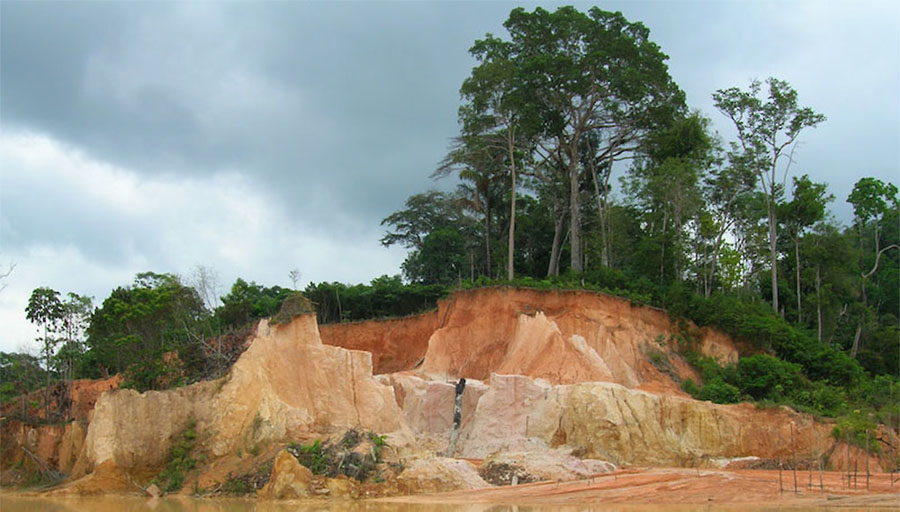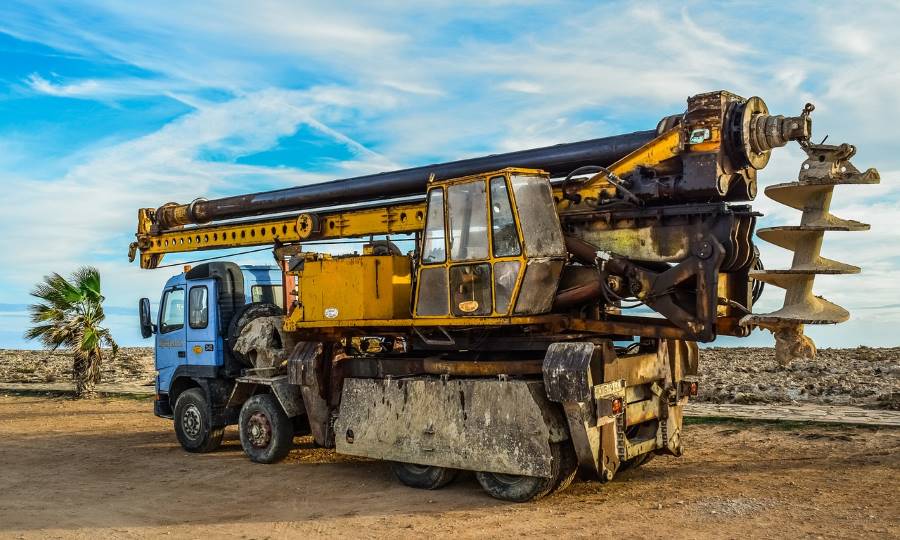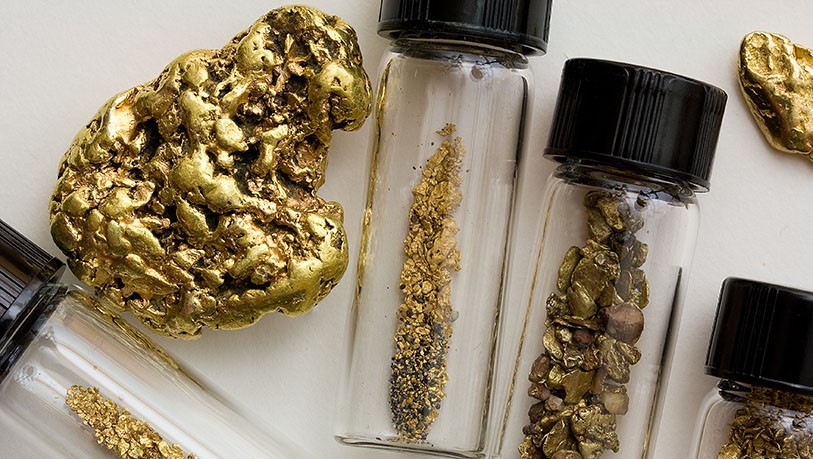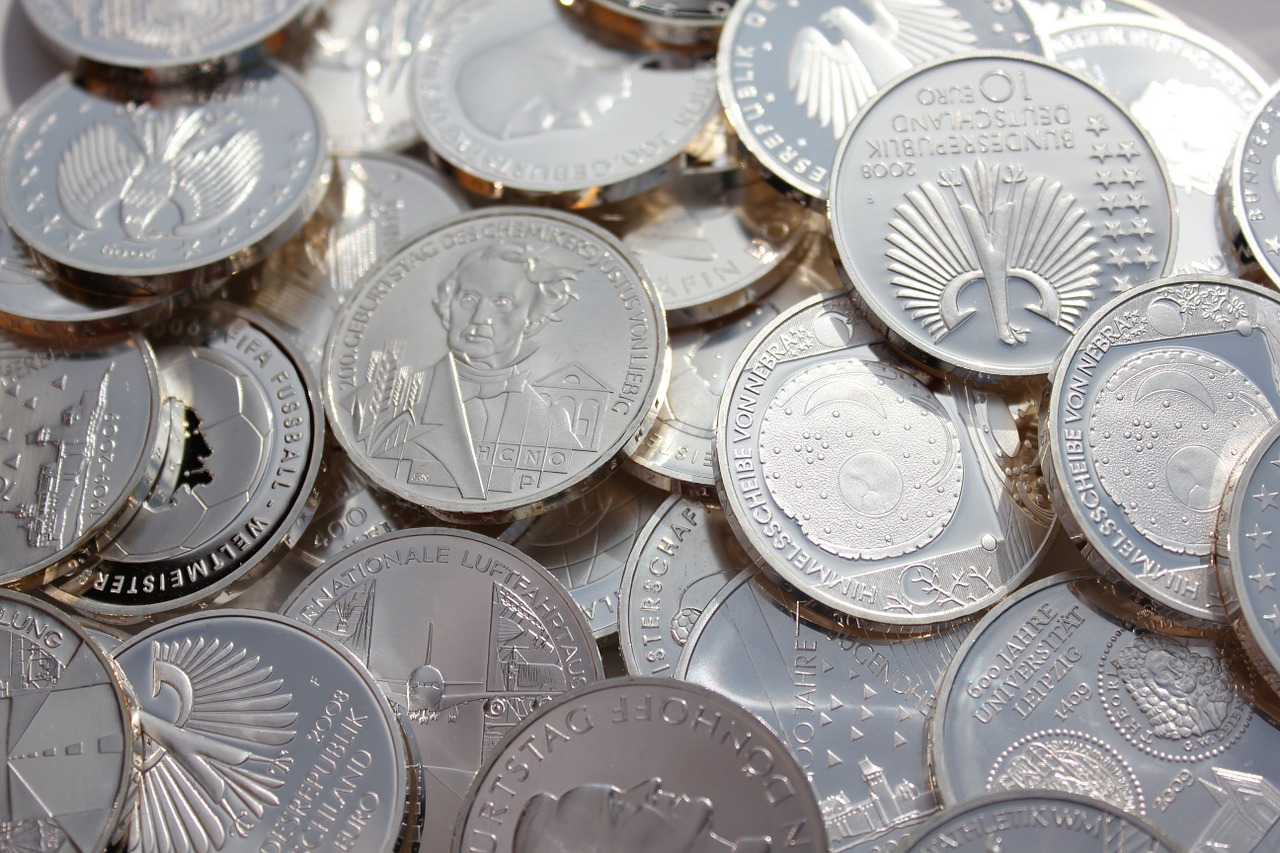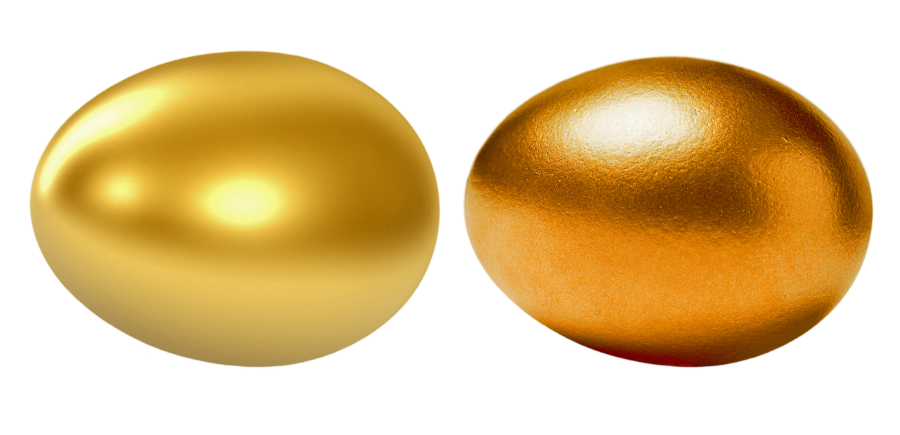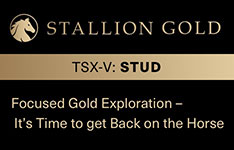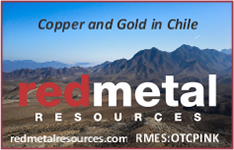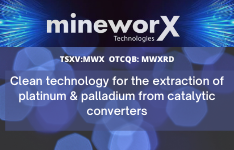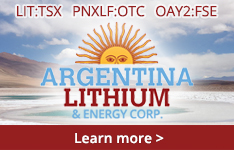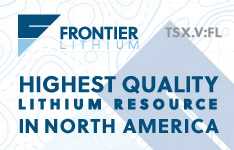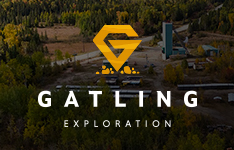When one ruminates on a gold rush, it brings to mind images of bearded prospectors in denim overalls and scarred leather ankle boots panning for gold in northeastern California or along a frothy river in the icy Yukon. Few people, if any in North America, think of Brazil straightaway.
Yet, about 40 years ago, as MTV was airing Video Killed the Radio Star, the world’s biggest gold rush was well underway in Brazil on what ultimately became the third-largest placer gold belt in the world.
The frenzy was mostly due to the discovery of a chunky gold nugget near a farm in Para state.
Word spread, and hundreds of thousands of garimpeiros poured into the region within a few years to dig, sluice and pan for near-surface gold, the largest specimen of which was a 16.8 kg (540 oz) nugget, worth about US$110,000 at the time.
Between 1978 and 1995, estimates suggest that anywhere from 20 to 30 million ounces of gold (30Moz) was taken from the Tapajós region. Some 2Moz of the gold was found in streams on claims now belonging to Cabral Gold Inc. (CBR:TSX.V; CBGZF:OTCMKTS). But where was the gold coming from?
The junior gold explorer is being aggressive in tracking down the gold’s origin on its 360-sq.-km claim block.
“We've been looking for the source of all that gold. We've so far discovered two hard rock gold deposits—which comprise the Cuiú Cuiú project—within our claim block that obviously have been eroding over millions of years,” explains Alan Carter, President, CEO and founder of Cabral Gold.
He adds: “We think those two deposits probably explain somewhere between five and ten percent of the alluvial (placer) gold in streams that was mined during the gold rush.” That means, Carter says, that at least 90% of the gold was eroded from gold deposits Cabral hasn’t yet found.
Cabral’s 100%-owned Cuiú Cuiú project, consisting of the Central and MG deposits, has a National Instrument 43-101 compliant indicated resource of 5.9 million tonnes (5.9Mt) grading 0.9 gram per tonne (g/t) gold and an inferred resource 19.5Mt grading 1.24 g/t gold for a resource just shy of 1Moz. Both deposits are open along strike and at depth.
Drilling on 10 peripheral targets elsewhere on the claims returned some noteworthy intercepts, including Machichie, 500 meters north of MG, with 34 meters grading 5.3 g/t gold; Central SE with 27 meters of 6.9 g/t gold; Jerimum Cima, 2 km north of MG, with 39 meters running 5.1 g/t gold; and Machichie SW with 3.4 meters running a stout 36.9 g/t gold.
Perhaps most promising is the Pau de Merenda target, 2.5 km northwest of Central, where reverse-circulation reconnaissance drilling returned numerous mineralized drill intercepts in near-surface weathered material and oxidized saprolite. Hole RC-112 recently hit 40 meters averaging 2.2 g/t gold from surface, including a 7-meter sweet spot that averaged 9.4 g/t gold. The hole ended in high-grade gold mineralization.
An earlier drill intercept at Pau de Merenda returned 48 meters grading 1.8 g/t gold, including a 9-meter section at a healthy 5.1 g/t.
Cabral, a nod to Portuguese explorer Pedro Álvares Cabral, who is credited with discovering Brazil after a stopover on his way to India in 1500, has yet to drill test 12 other targets with high-grade veins outcropping at surface.
Farther south on the claim block, Cabral has tested a number of surface targets as part of its ongoing exploration program.
At Alsonso, 4 km southeast of MG, the 1.5-km target area yielded 24 surface boulders averaging 91 g/t gold, while 8 km south of MG, the Medusa target hosts a 1.4-km gold-in-soil anomaly with 19 rock samples averaging 26 g/t gold.
Three drill rigs are currently testing Cuiú Cuiú to further outline and define previously identified high-grade zones in both the MG and Central deposits as part of a 25,000-meter drill program. Carter hopes to get two more drills turning on the property in the next month.
Carter says, “There's a lot of high-grade mineralization that's not been separately modeled. In order to include that high-grade gold in the resource, we need to do two things: We need more infill drilling and we need to model a higher-grade zone separately. So instead of the high-grade results being statistical outliers, all the high-grade results will be treated as a separate population with a much higher top cut grade,” Carter told Streetwise.
The drill program’s secondary objective is to further test the depth and grade of an oxide blanket of overburden (mostly soil, mud and sand) that sits above the MG gold deposit. The engineering firm that calculated Cabral’s initial resource estimate assumed that the material was sterile, but in fact it’s mineralized.
Carter says Cabral recently drilled 60 metres into the “blanket” in an intercept that averaged 3.5 g/t gold. However, he expects the average grade to be somewhere between 0.5 g/t and 1 g/t.
Recent reconnaissance drilling indicates the presence of a second near surface, gold-in-oxide blanket near the Pau de Merenda target.
“This is unconsolidated material, which is essentially sitting at surface. So the mining and processing costs of this material, as you might imagine, will be very low. There'll be no drilling costs, no blasting, because it's not hard material. It's soft unconsolidated soil, mud and sand,” Carter affirms.
Some other companies have made tidy work of Brazil’s low-grade gold deposits. Kinross Gold’s (K:TSX; KGC:NYSE) Paracatu gold-silver mine in Minas Gerais state produced 542,435 gold-equivalent oz in 2020 from 54.25Mt grading 0.42 g/t, down from the 620Kt gold-equivalent oz produced in 2019. Paracatu remains one of Kinross’s most profitable operations.
Southeast and adjacent to Cabral’s Cuiú Cuiú project is Eldorado Gold’s (ELD:TSX; EGO:NYSE) fully permitted Tocantinzinho gold project, which hosts National Instrument 43-101-compliant proven and probable reserves of 39Mt grading 1.42g/t gold for 1.78Moz. The measured and indicated resource, included in the reserves, measures 46Mt grading 1.37g/t gold for 2.03Moz gold. Another 0.6Mt grading 0.90g/t gold for 17Koz gold is in the inferred category.
Eldorado recently inked a deal to sell Tocantinzinho to Quebec-based G Mining Ventures (GMIN:TSX.V) for cash and 19.9% of GMIN amounting to a total US$110 million. The deal has yet to close.
Osisko Gold Royalties (OR:TSX) recently purchased a 2.75% net smelter return royalty on Tocantinzinho for US$10 million.
Carter and his exploration team have played a role in the discovery of five gold deposits in the region, including Cuiú Cuiú, Tocantinzinho, and Serabi Gold’s (SBI:TSX) Palito and Coringa deposits, also in the Tapajós region.
Gold exploration in the Tapajós region has received a boost from an unexpected ally: the Brazilian soy bean industry. Getting the immense soy crop to market has meant more roads, and paved highways. Hydro-electric projects are also in the works–all of which would make building another mine in the Tapajós region less expensive.
Cabral was the second-ranked mining stock on TSX Venture Exchange in 2020, after its share price jumped almost 500%. Fully diluted, the company has roughly 130 million shares outstanding.
Some of the junior’s institutional shareholders include Phoenix Gold Fund, Crescat Capital, Dundee Goodman, RBC Precious Metals Fund and US Global. Carter himself has put $1.7M into Cabral.
“I'm the founder of the company. (Cabral) is almost four years old. So far, I've invested $1.7 million of my own money, which for me is an enormous piece of my net worth,” Carter says.
Perhaps he doesn’t have the beard or denim overalls, but Carter, who is also a PhD geologist, is every bit the prospector as those who discovered gold in the Tapajós region before him.
[NLINSERT]
Disclosures:
1) Brian Sylvester compiled this article for Streetwise Reports LLC and provides services to Streetwise Reports as an independent contractor. He or members of his household own securities of the following companies mentioned in the article: None. He and members of his household are paid by the following companies mentioned in this article: None. His company has a financial relationship with the following companies referred to in this article: None.
2) The following companies mentioned in this article are billboard sponsors of Streetwise Reports: Cabral Gold Inc. Click here for important disclosures about sponsor fees.
3) Comments and opinions expressed are those of the specific experts and not of Streetwise Reports or its officers. The information provided above is for informational purposes only and is not a recommendation to buy or sell any security.
4) The article does not constitute investment advice. Each reader is encouraged to consult with his or her individual financial professional and any action a reader takes as a result of information presented here is his or her own responsibility. By opening this page, each reader accepts and agrees to Streetwise Reports' terms of use and full legal disclaimer. This article is not a solicitation for investment. Streetwise Reports does not render general or specific investment advice and the information on Streetwise Reports should not be considered a recommendation to buy or sell any security. Streetwise Reports does not endorse or recommend the business, products, services or securities of any company mentioned on Streetwise Reports.
5) From time to time, Streetwise Reports LLC and its directors, officers, employees or members of their families, as well as persons interviewed for articles and interviews on the site, may have a long or short position in securities mentioned. Directors, officers, employees or members of their immediate families are prohibited from making purchases and/or sales of those securities in the open market or otherwise from the time of the decision to publish an article until three business days after the publication of the article. The foregoing prohibition does not apply to articles that in substance only restate previously published company releases. As of the date of this article, officers and/or employees of Streetwise Reports LLC (including members of their household) own securities of Cabral Gold Inc., a company mentioned in this article.


